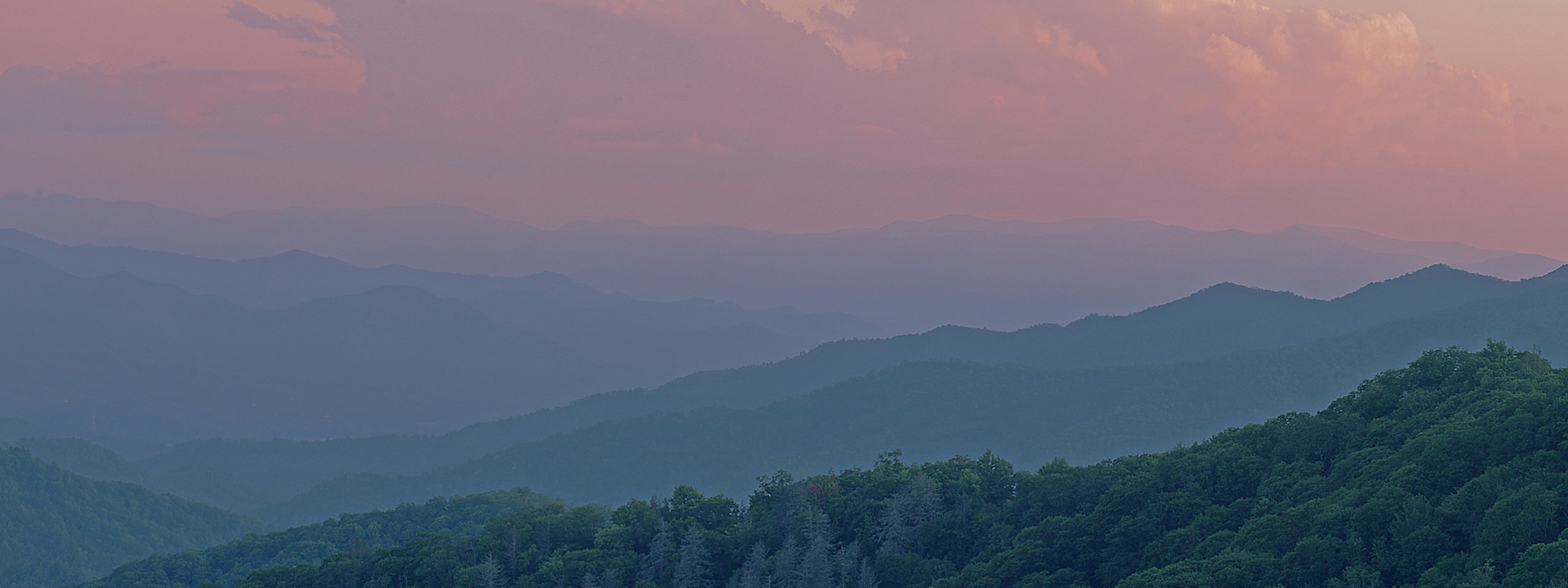
Conjunction is a term meaning to join together. If you remember Schoolhouse Rock Conjunction Junction you know that with language conjunctions relate to clauses brought together in sentences. In astronomy the term conjunction is used to describe when two objects have the same right ascension in the sky, causing them to appear as if they are coming in close contact. This paragraph may or may not have been included as an excuse to link to Schoolhouse Rock.
In 2020 we witnessed a conjunction of Jupiter and Saturn. For us on Earth this meant the two planets appeared extremely close together. Although a conjunction is an instant in time, the planets appeared close for several days. This occurrence with Jupiter and Saturn occurs every 20 years.
A planet’s orbit is elliptical. To go around the sun takes about 12 years for Jupiter and 30 years for Saturn. Due to the different rates Jupiter catches up to Saturn every 20 years. So what was so special about 2020? The 2020 conjunction was the closest since 1623, and the closest observable since 1226. It will not be this close again for another 60 years, on March 15, 2080
As I watched it amazed me that both these celestial objects were visible in the same field of view when looking through a camera or telescope. The planets were still 456 million miles apart, but from Earth they appeared right next to each other. I wanted to capture the conjunction, but I am not setup for planetary imaging. My equipment is better suited to deep sky imaging, objects that are outside our solar system. These objects are much larger than the planets and do not require as much reach to see details. I decided to try anyhow, and was pleased with the result for my first planetary attempt.
I used a color astrophotography camera attached to a Canon 500mm lens with a 1.4x teleconverter added. This gave me a 700mm lens, and the small sensor on the camera increased my field of view. The setup was placed on a tripod. I did not use my tracking mount since long exposures are not necessary for planets. I will likely use the mount for future planetary imaging as I had to adjust my aim often to keep the planets in the image.
The image was captured using a lucky imaging technique. Atmospheric disturbances impact the images at high magnification. To help overcome this video was taken instead of still frames. This gives hundreds of frames to choose from. The video is then analyzed and the best frames are selected and stacked. The output is then edited to highlight and sharpen the details.
Jupiter is bright. Saturn is bright, but not as much a Jupiter. Jupiter’s moons are dim. To see all three I used different exposures, one for each subject. Each was edited to create the final image. 2020 Conjunction of Jupiter and Saturn.




